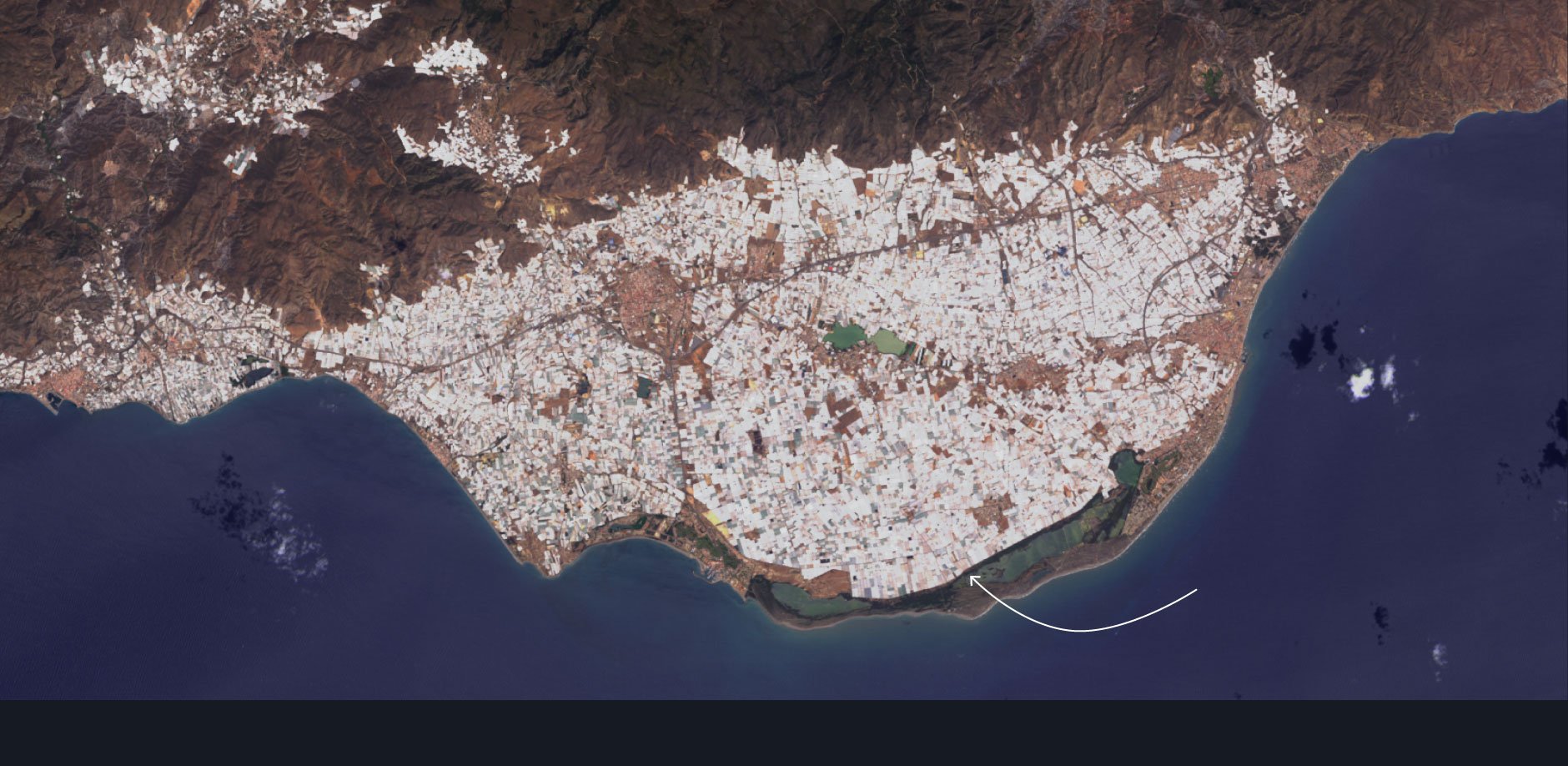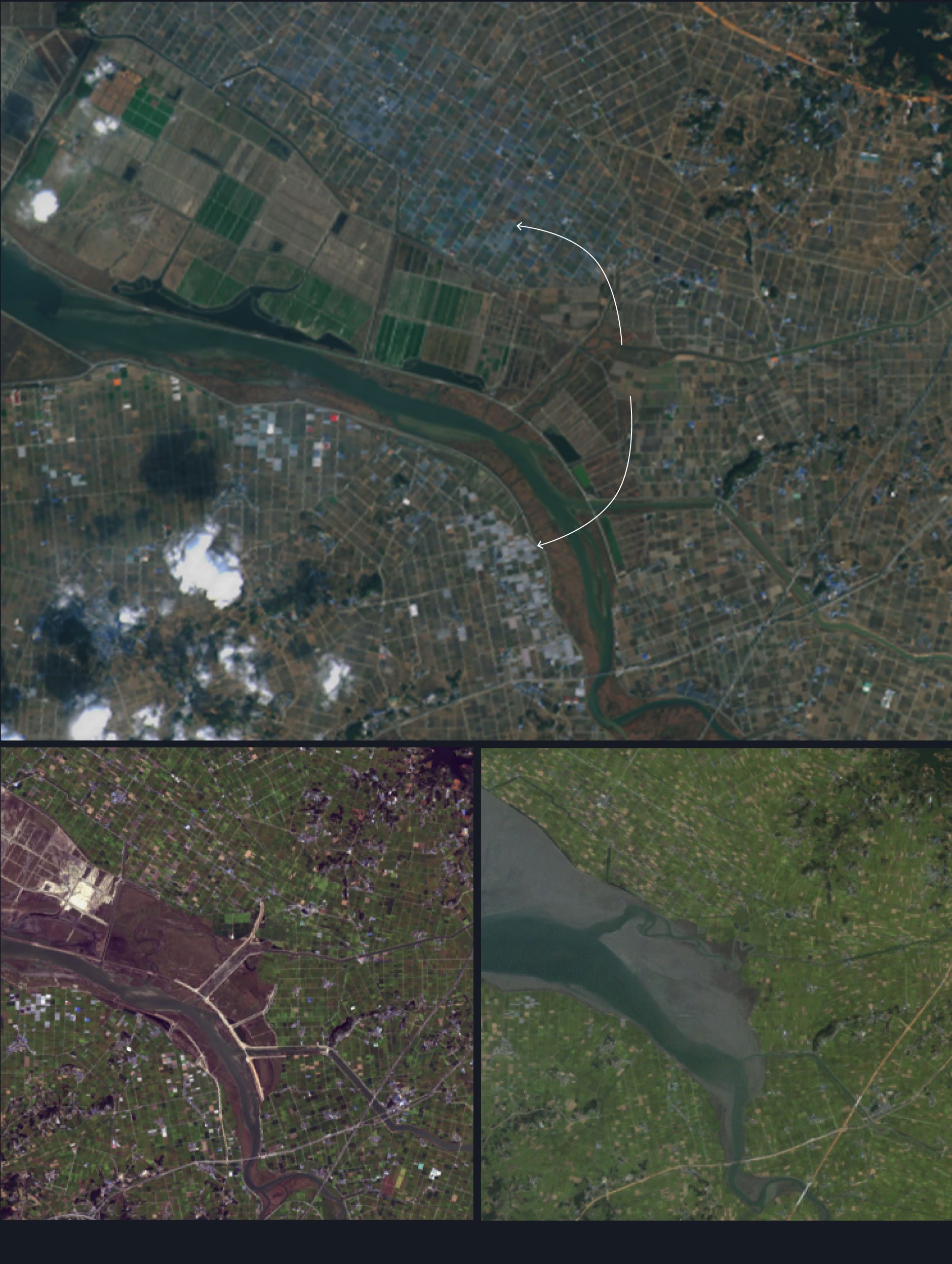May 6, 2022
Plastic Use In Agriculture Is Contributing To Climate Change

Editor’s Note: Plastic pollution is going to continue to be a problem within the CEA industry and beyond. However, it’s unlikely that we, as a species, can completely eliminate plastic from our daily lives. Food packaging, which is often designed to be single-use, is one of the biggest polluters and therefore a good place to start. Here are 4 CEA food brands that are using their creative thinking to innovate new eco-conscious food packaging options.
Written By Clarisa Diaz

Quartz | qz.com | Data: USGS
Plastic in fields—such as for mulching, enclosing hoop houses, and constructing greenhouses is drastically changing the rural landscape. The satellite image above of an area of Turkey processed by the NASA Earth Observatory shows much of the farmland is white because it is covered by plastic. NASA says South Korea, Spain, and Turkey all use significant amounts of plastic to produce food in greenhouses. In China, plastic-covered greenhouses make up about three percent of the farmland.
The area around Almería, Spain has the largest concentration of greenhouses in the world. The greenhouses span over 64,000 acres (260 sq km) and have been around for decades.
The shift to greenhouses was dubbed the “White Revolution” in South Korea and allowed the country to grow fresh vegetables year round. Now, it’s helped grow exports and stabilize prices (pdf).
The amount of plastic in the world is incomprehensible. Carbon emissions from plastic is estimated to outpace coal emissions by 2030. A recent report (pdf) by FAO forecasts a 50% increase in demand by 2030 of plastics used in agriculture.

Quartz | qz.com | Data: USGS
Plasticulture and microplastics are ruining farmland
Plastic has found its way into many farming applications that have become integral to the industry. Relying on plastic in agriculture is derided as “plasticulture”. Plastic is cheap and makes tasks faster and lighter. Plastic film is used as a ground cover to prevent weed growth, and plastic containers trap moisture.
Plastic may have worthy benefits in the short term, but the long-term effects of using plastic each season cannot be ignored.
In particular, plastic films break down into microplastics, contaminating the soil. Only about 5% of plastic film is recycled according to Judith Enck, founder of Beyond Plastics and a former EPA regional administrator. Plastic films last for a season before they become unusable, as well as unrecyclable—leading to more single-use plastic each year. “We really need to look for non-plastic alternatives,” said Enck.


